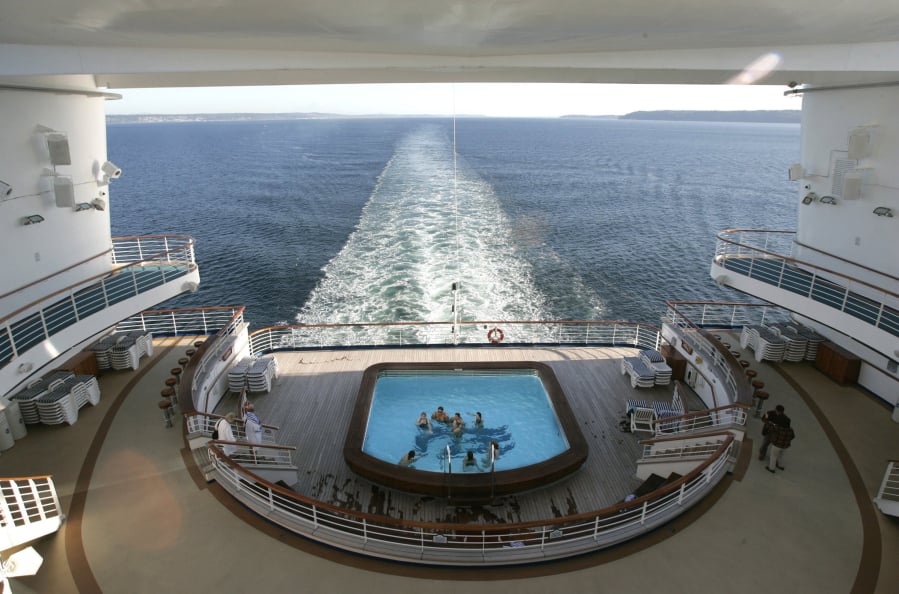If you’re reading this column today, that means I am on a cruise!
I don’t claim to know everything about the news business, but I will claim to have considerable knowledge about cruising. I think this is cruise No. 27 for me, in a string that began in 1987. So, since I am on vacation, I am going to take this chance to share a few of my observations.
First of all, most cruises still tend to go to the Caribbean or Alaska, but there are a lot more cruises to a lot more places these days. My wife and I like to sail on Princess Cruises. When we started cruising, the line had four ships. Now it has 17. And the ships are much bigger. My first ship — Royal Princess — was then one of the largest at sea, carrying 1,200 passengers. The current Royal Princess, the third with that name, carries three times as many passengers and is only the 25th biggest ship afloat.
We’re currently cruising in Southeast Asia. As larger, newer ships sail the Caribbean, Alaska and Europe, the North American lines have reposition their older vessels to new markets such as Asia and Australia. That gives us a chance to be sailing today on Sapphire Princess, one of my favorite ships. It’s my third vacation on this beautiful, comfortable ship. If you’ve ever thought about seeing some of the exotic spots of the world, but are worried about all of the details of overseas travel, check into a cruise — the price might be surprisingly affordable. And it is so nice to have your fully air-conditioned oasis waiting for you after a day in a place like Jakarta, Indonesia.
If you haven’t been on a particular cruise line, do a little research before you book. (This can be as simple as looking at a few YouTube videos of the ships you’re considering to see who and what’s onboard.) If you like a lot of choices, like zip lining and ice skating, book a large ship on a mainstream line like Royal Caribbean, Carnival or NCL. If you think “nice jeans” are a thing, don’t book a cruise on fancy Cunard. If you like less-visited ports, book a smaller ship like Pacific Princess.





